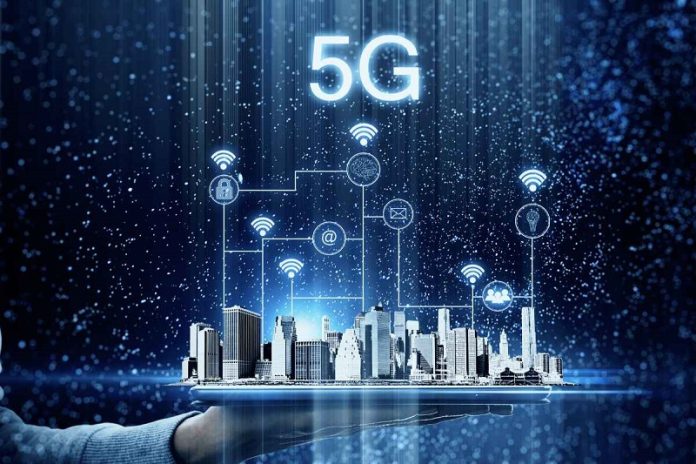5G has been promoted as a distinct advantage, with lightning-fast speed and lower latency. So, how would we get this going? Unfortunately, the responses aren’t straightforward. But challenges are an intrinsic piece of the advancement in technology; in this way, similar to all advances, 5G has additionally enormous difficulties in managing. It’s been around 40 years from 1G to 5G. When it comes to 5G, the typical challenges noticed are the absence of infrastructure, research procedure, and cost.
But when it comes to 5G, the most pertinent question in everyone’s minds is: What will be the viability of 5G? The easiest way to explain this is by logically dividing the challenges into two categories.
- Technological challenges
- Structural/ Network challenges
The Technological Challenges
Interference between Inter cells The differentiation in the size of traditional macro cells and concurrent small cells leads to interference.
Efficient Medium Access Control: In a scenario where the dense deployment of access points and user terminals is required, the latency will be high, and the user throughput will be low. Additionally, hotspots will not be competent with cellular technology to provide high throughput. Therefore, in-depth and adequate research to optimize the technology is required to smooth out the issues.
Traffic Management: The number of Machine to Machine (M2M) devices in a cell may cause serious system challenges, i.e. radio access network (RAN) challenges, which can cause overload and congestion.
Structural/ Network Challenges
- Integrated Network: Although the standard of 5G has gradually increased to a point where it’s no longer just an idea, there are several challenges associated with the deployment of the technology. First, 5G has to accommodate different networks and technologies spread across a wide range of geographical locations like multiple services. So the concern is to provide a standardized network that is compatible with all the services to full fill the demands of the people.
- Bandwidth and Spectrum: The 5G network operates on frequencies of a higher bandwidth equivalent to 300GHz, making it viable for the network to provide ultra-fast speeds 20 times faster than the LTE network’s speed. Thus, they need to bid on these high spectrum bands.
- Infrastructure: In addition, the infrastructural issues arise with deploying the 5G network. 5G network requires macrocells, the oversized towers and masts used in telecommunications infrastructure. To provide those high speeds in hotspots, it will be essential to add small-cell technology to increase the network’s capacity.
- Range Limitation: 5G can only operate on mm-wave frequencies, covering only short distances. To overcome this shortcoming, one needs to deploy multiple small cells to compensate for the range limits. Therefore, the expansion of the network solely depends on the ability of the government to install these small cell base stations. As per a report by Statista, the number of active mobile broadband subscriptions worldwide is 6.5bn.
- High Cost: Building the required infrastructure comes at a high cost, as it means the installation of more hardware and supporting software. For example, one microcell costs around $200,000 to set up, while small cells come in at around $10,000 each, and the plan is to install 60 small cells/sqft. Furthermore, the companies need to bear buying spectrum, configuration, testing, management, maintenance, and up-gradation costs.
- Data Traffic Support: The 5G network will be responsible for supporting hundreds of gigabits of traffic from the core network through backhaul and existing cellular system technology. But this current technology is showing its age. The point here is that more fibre has to be laid, which makes the deployment a challenge as laying fibre is a cumbersome process that takes time, and there are topographical challenges. Therefore, the 5G network will depend on wireless transmission for expansion. But that also has its limitations; more often than not, rain and other elements interfere with the performance of the wireless signal.
In Conclusion
Despite all the challenges, everyone wants to be at the forefront of the 5G deployment race. In the upcoming years, the consumer demand will be for higher network speeds and uninterrupted connections, which can only be met with a future proof 5G infrastructure capable of delivering agile and flexible wireless networking technology. According to Kagan estimates, operators worldwide have deployed 196 5G networks in 79 markets.
Authored Article by:









